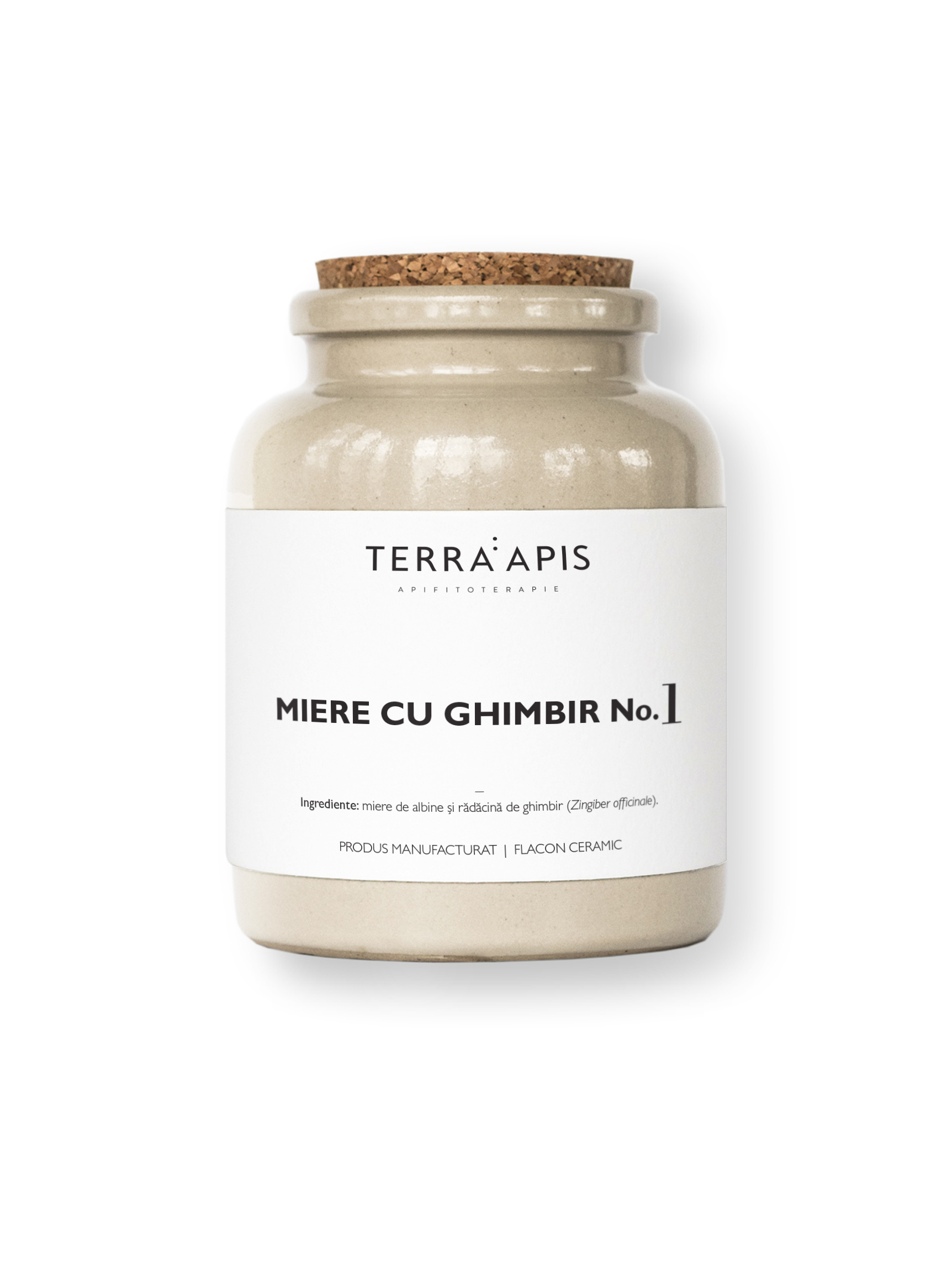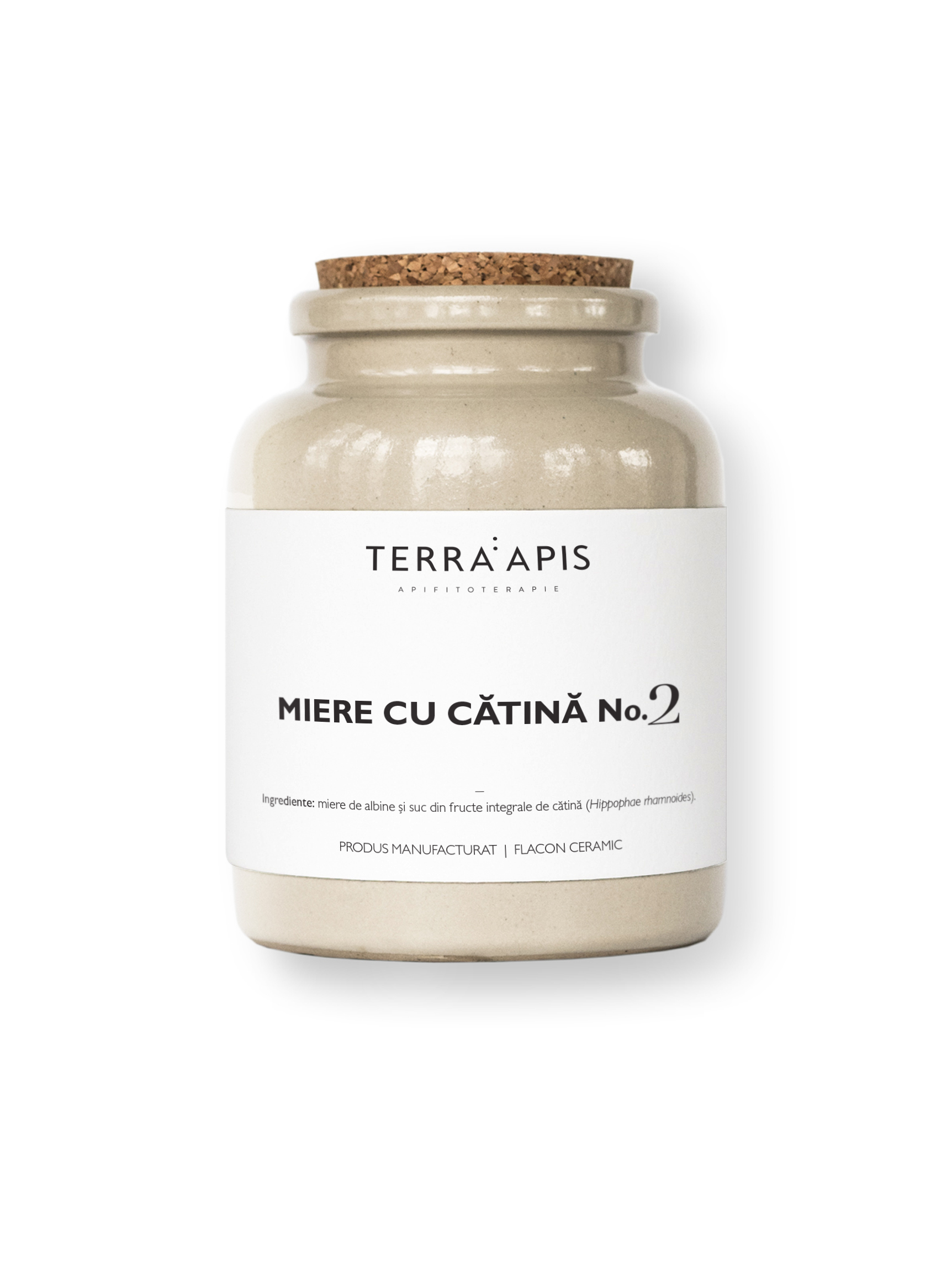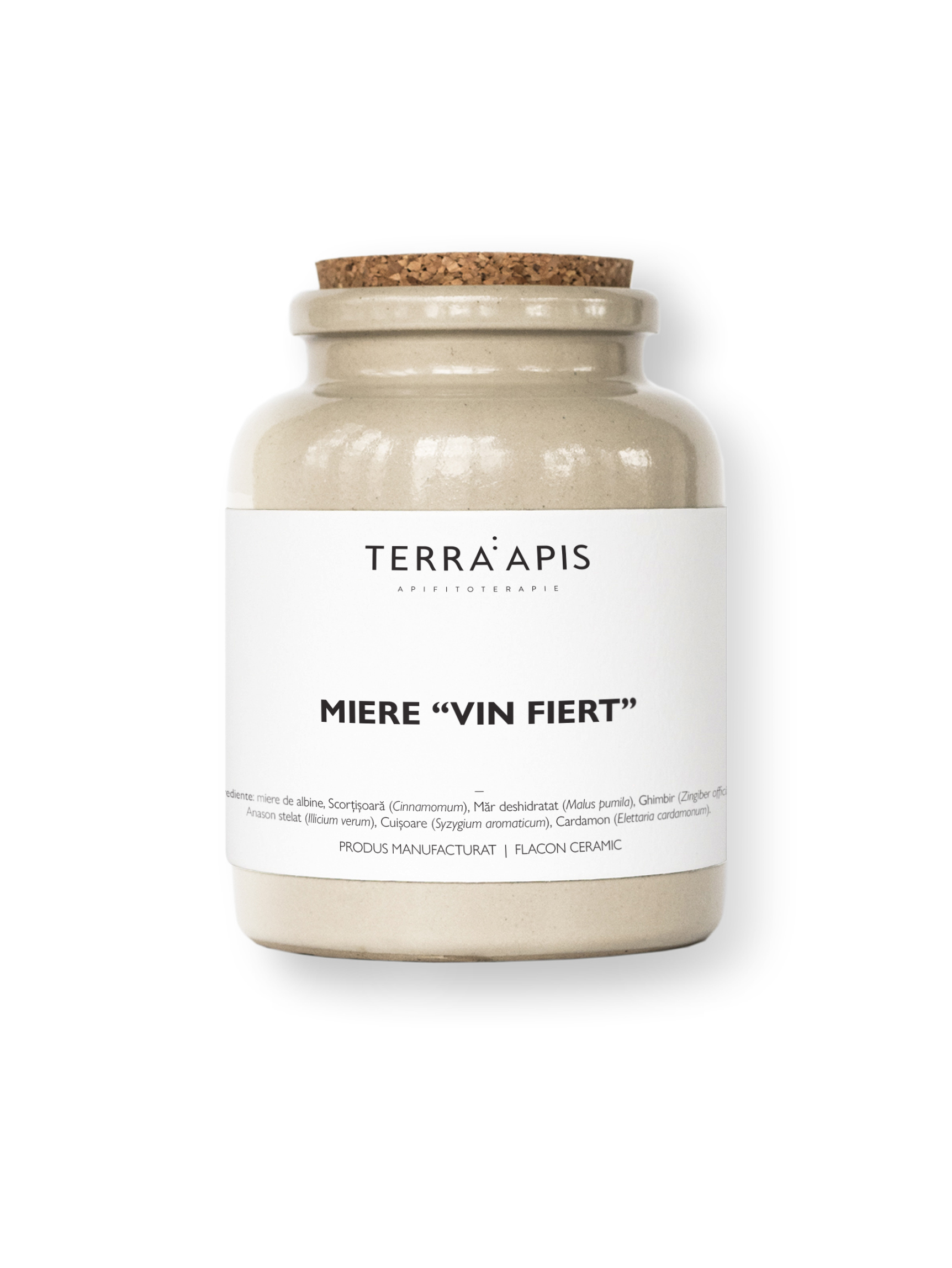… or rather: The Strudel Story (YES! This is the taste)
It seems that it was inspired by the Turkish baklava, that it arrived on European soil with the Ottoman invaders and gained its popularity in the 18th century during the Habsburg Empire. The oldest strudel recipe dates back to 1696, a handwritten recipe preserved at the Wiener Stadtbibliothek.
The name “strudel” is of German origin and means “whirlpool” and, most likely, is related to the way it is rolled.
Of all the existing types of strudel, both sweet and savory, apple strudel is considered the favorite dessert in a multitude of countries: Austria (apfelstrudel), Germany (strudel), Holland, Belgium, Hungary (almásrétes), Italy (strudel di mele), Croatia (štrudel or štrudla), Serbia and Bosnia-Herzegovina (štrudla or savija), Slovenia (štrudelj or zavitek), Czech Republic (závin or štrudl), Poland and Romania (ștrudel), Slovakia (štrúdla or závin) or even in Texas/USA or Israel.
Strudel is made from an elastic, very thin dough that is stretched until it becomes almost transparent, which gives the final product a special finesse. It is usually made of flour, butter and salt. On the dough, the apple slices are not distributed over the entire surface, but only on a narrow strip, and by rolling several thin overlapping layers are created, which after baking are reminiscent of puff pastry.
But if the apple slices are distributed over the entire surface of the dough, some layers of dough will also end up between the fruits in the filling after rolling. There are therefore a multitude of variants, starting with the “pulled strudel” (that is, from fine dough stretched into thin sheets) or the puffed one, and going all the way to those with soft tart dough or even leavened.
But, regardless of the method of preparation, the taste is unmistakable. That’s exactly what you’ll find in this jar. So we want you to enjoy it, along with a coffee, a tea or a glass of champagne!










Reviews
There are no reviews yet.